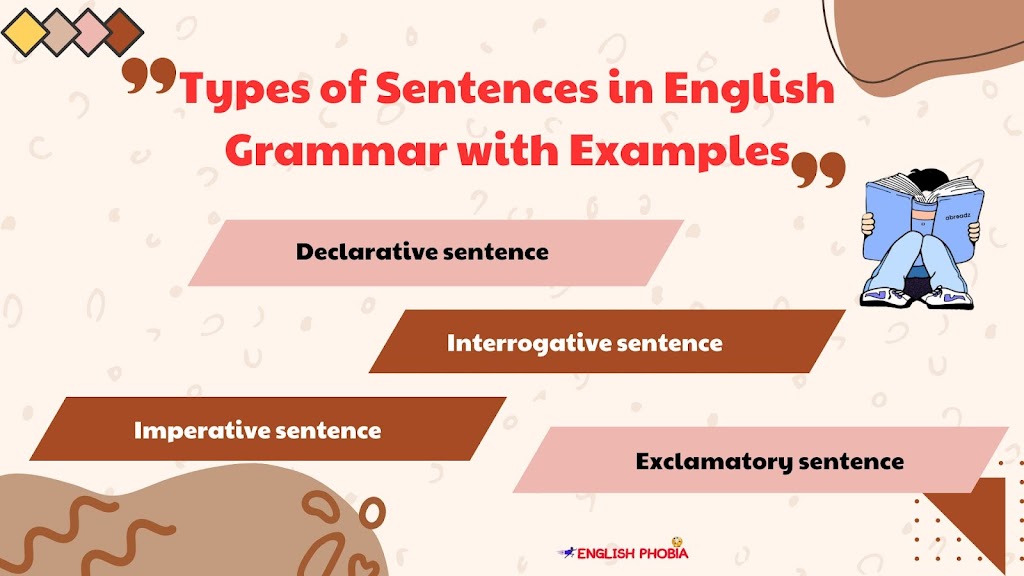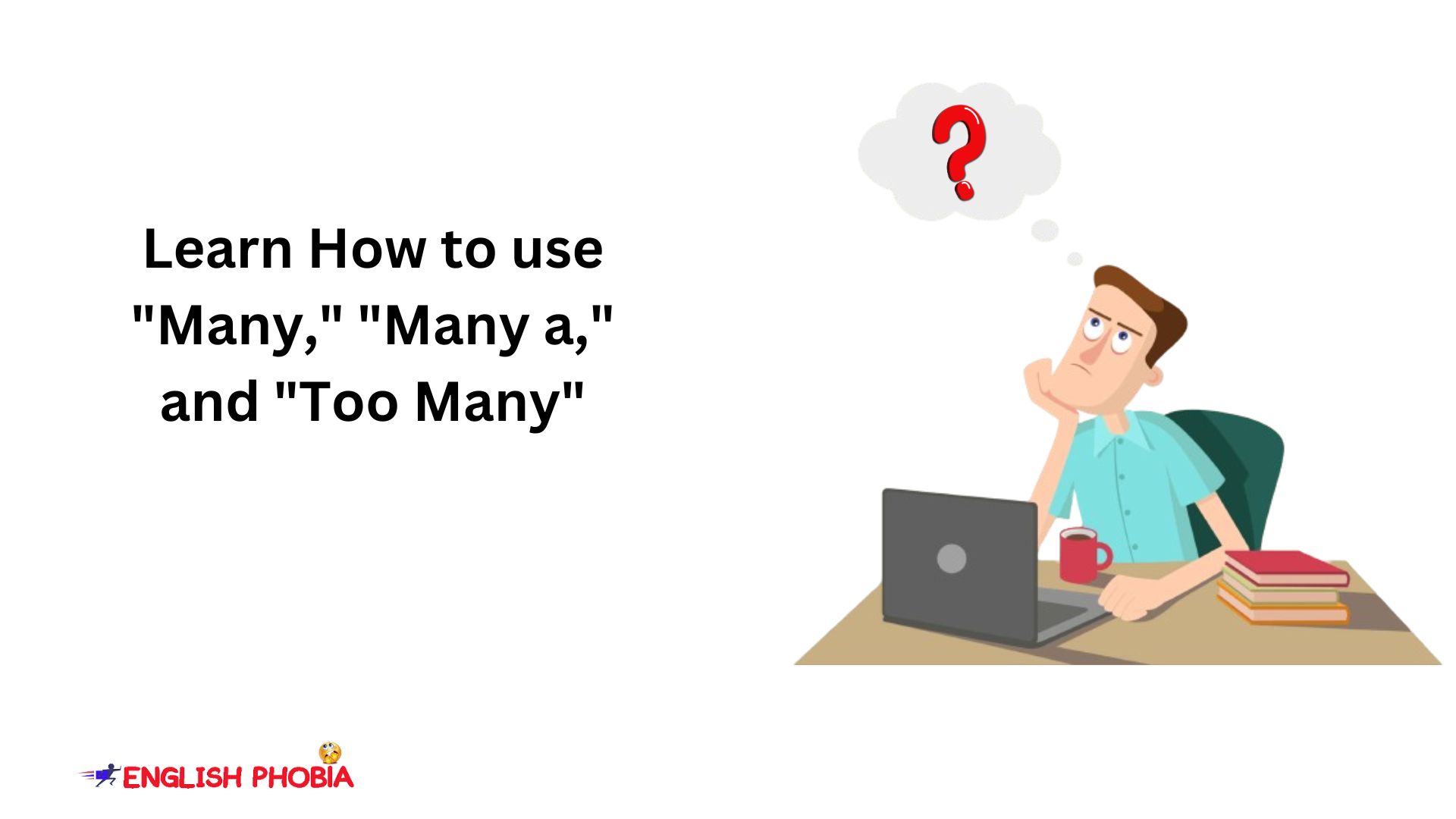Understanding the different types of sentences is crucial for effective communication in both written and spoken language. Sentences serve as the building blocks of a language, and knowing how to construct them properly ensures that your ideas are conveyed clearly and concisely.
In this blog post, we will explore the basic sentence structures and their types, including simple, compound, complex, compound-complex, declarative, interrogative, imperative, and exclamatory sentences.
What is a sentence?
A sentence is a group of words arranged systematically and gives a proper meaning.
For example,
We are learning English.
They always come here on time.
Types of sentences
There are three types of sentences according to grammar structures.
1) Simple sentence
2) Compound sentence
3) Complex sentence
There are four different types of sentences according to sentence structure.
1) Declarative sentence
2) Interrogative sentence
3) Imperative sentence
4) Exclamatory sentence
Simple Sentences
A simple sentence, also known as an independent clause, consists of a single subject and predicate (verb). It gives a complete meaning and can be used as a complete sentence. For example:
1) She plays the piano.
2) The dog barked.
3) Students study in the library.
Simple sentences are easy to understand and can be effective in conveying a single idea or point.
Complex Sentences
A complex sentence is the combination of one independent clause and at least one dependent clause. Dependent clauses have both a subject and a verb, but cannot deliver a complete meaning, so they cannot stand alone as a sentence.
They are usually introduced by subordinating conjunctions (such as because, although, if, when, since) or relative pronouns (such as who, which, that).
For example:
1) She plays the piano when she has free time.
2) Although the dog barked, the cat didn’t seem to care.
3) Students study in the library because it is quiet.
Complex sentences add depth and sophistication to your writing and speech, helping you to express more intricate ideas and relationships between ideas.
Compound Sentences
A compound sentence is formed by joining two or more simple sentences (independent clauses) with a coordinating conjunction (such as and, but, or, nor, for, so, yet) or a semicolon. This type of sentence allows you to express more than one idea or point in a single sentence.
For example:
1) She plays the piano, and her brother plays the guitar.
2) The dog barked, but the cat didn’t seem to care.
3) Students study in the library, so they can concentrate better.
Compound sentences help to create variety and complexity in your writing and speech, making your communication more engaging and nuanced.
Compound-Complex Sentences
A compound-complex sentence is the combination of at least two independent clauses and at least one dependent clause. This type of sentence allows you to express multiple ideas and show the relationships between them. For example:
1) She plays the piano when she has free time, and her brother plays the guitar on weekends.
2) Although the dog barked, the cat didn’t seem to care, and the birds continued to sing.
3) Students study in the library because it is quiet, but they also enjoy the company of their peers.
Compound-complex sentences can make your writing and speech more engaging and dynamic, allowing you to convey a richer and more nuanced understanding of the ideas you are discussing. I hope you have learned the types of sentences definition with examples by now.
Declarative Sentences
This type of sentence makes a statement or expresses an opinion or suggestion. They are the most common type of sentence and are used to convey information or ideas. Declarative sentences have two types assertive and negative which usually end with a period (.). For example:
1) The sky is blue.
2) She is an excellent pianist.
3) They will go to the beach this weekend.
4) She will not join your company again, come what may.
5) My students will not work under the good books of anyone.
Declarative sentences form the foundation of most communication, as they allow you to share information, thoughts, and beliefs with others.
Interrogative Sentences
Interrogative sentences ask a question and usually begin with a question word (such as who, what, when, where, why, or how) or an auxiliary verb (such as do, does, did, can, will, or would). They end with a question mark (?).
For example:
1) Why is the sky blue?
2) Can she play the piano?
3) Will they go to the beach this weekend?
Interrogative sentences are essential for gathering information and engaging in conversation, as they invite others to share their thoughts and knowledge.
Imperative Sentences
Imperative sentences are used to show give a command, suggestion, order, or request. They often begin with a verb and may or may not include a subject (the implied subject is usually “you”). Negative imperative sentences start with “Don’t” and can end with a period (.) or an exclamation point (!) to indicate urgency or strong emotion. For example:
1) Close the door.
2) Please pass the salt.
3) Finish your homework!
4) Don’t write this article now.
Imperative sentences allow you to direct others and express your needs or desires in a clear and concise manner.
Exclamatory Sentences
Exclamatory sentences express strong emotions or feelings, such as surprise, excitement, joy, or anger. They usually begin with a subject and a verb and end with an exclamation point (!). For example:
1) What a beautiful sunset!
2) I can’t believe we won the game!
3) She’s getting married!
Exclamatory sentences add color and intensity to your writing and speech, helping you to convey your emotions and reactions to various situations and events.
Conclusion
In summary, understanding the sentence types in English Grammar is essential for effective communication in both written and spoken language. By mastering simple, compound, complex, compound-complex, declarative, interrogative, imperative, and exclamatory sentences, you first need to learn the types of coordinating conjunctions with examples.
You can ensure that your ideas are expressed clearly and concisely, while also creating engaging, nuanced, and dynamic communication. So, the next time you write or speak, consider the various sentence structures at your disposal and choose the one that best conveys your intended message and tone.











